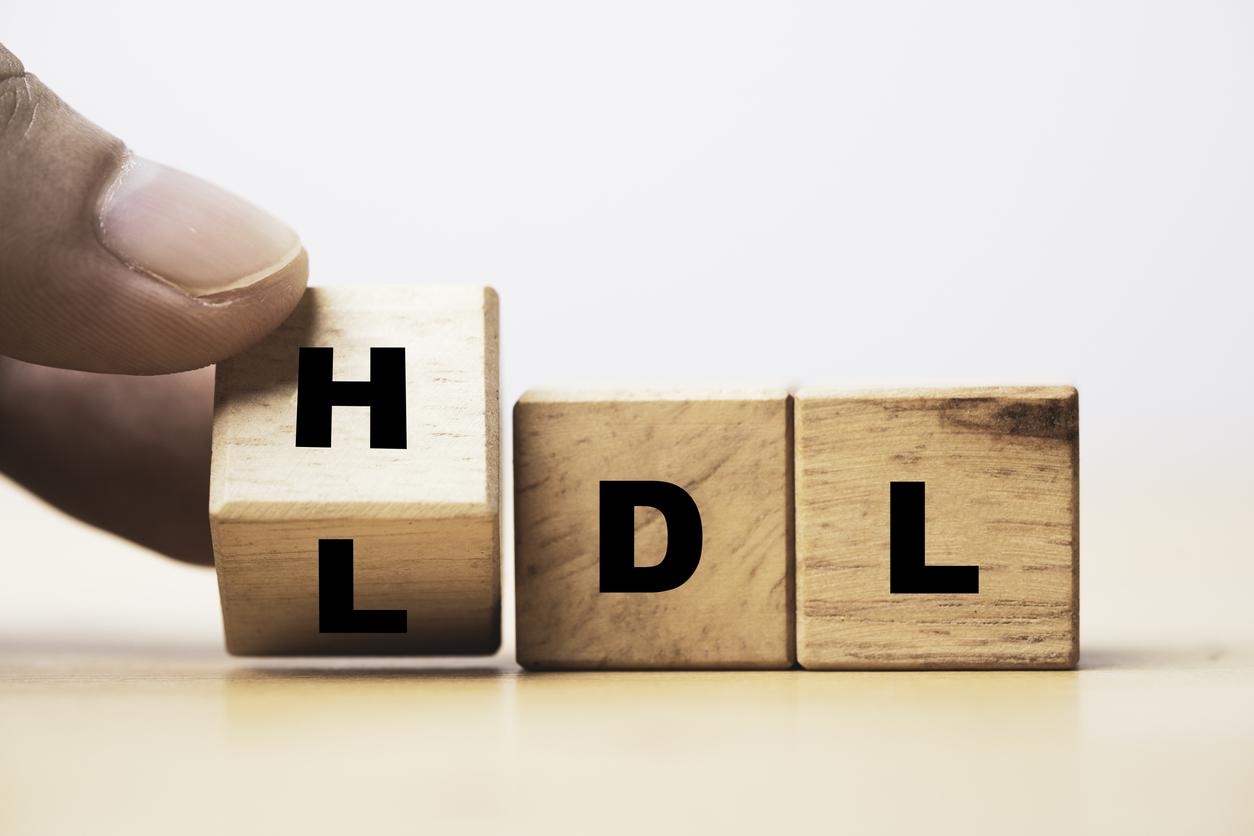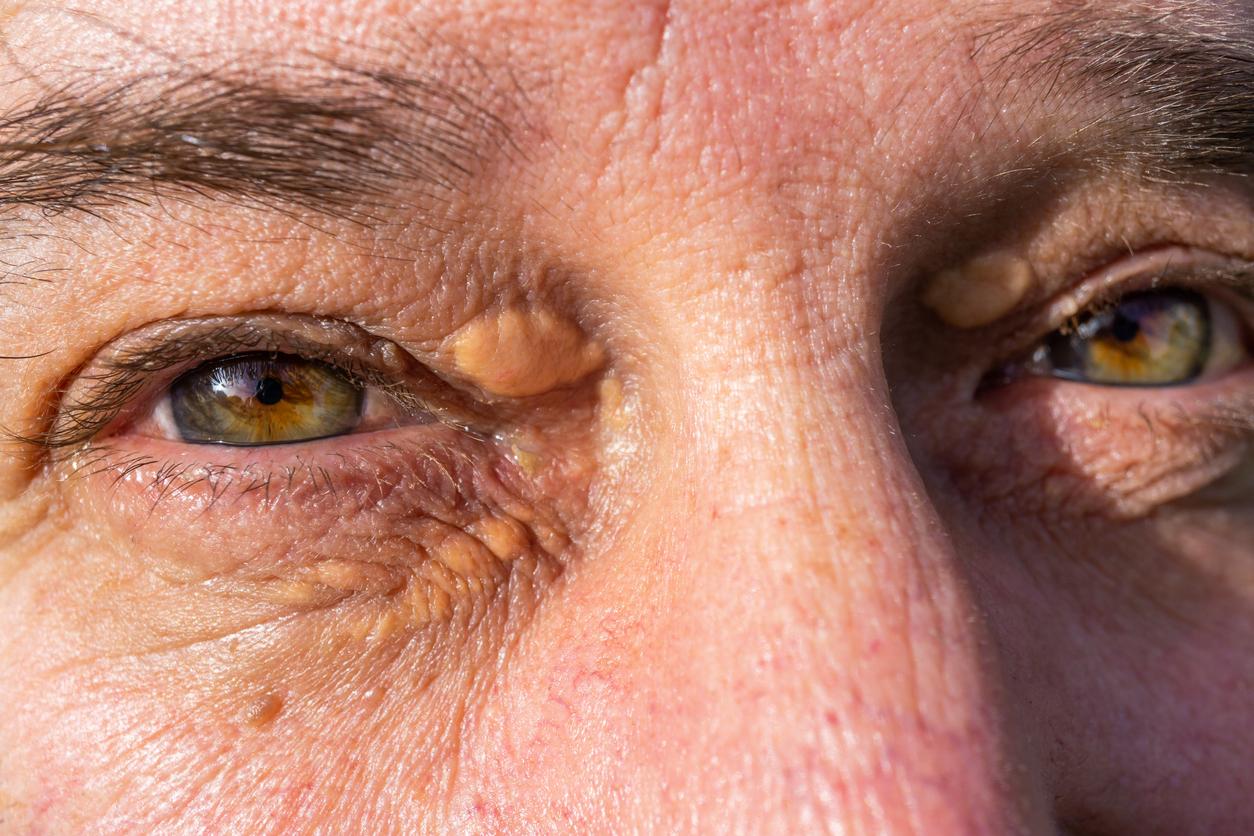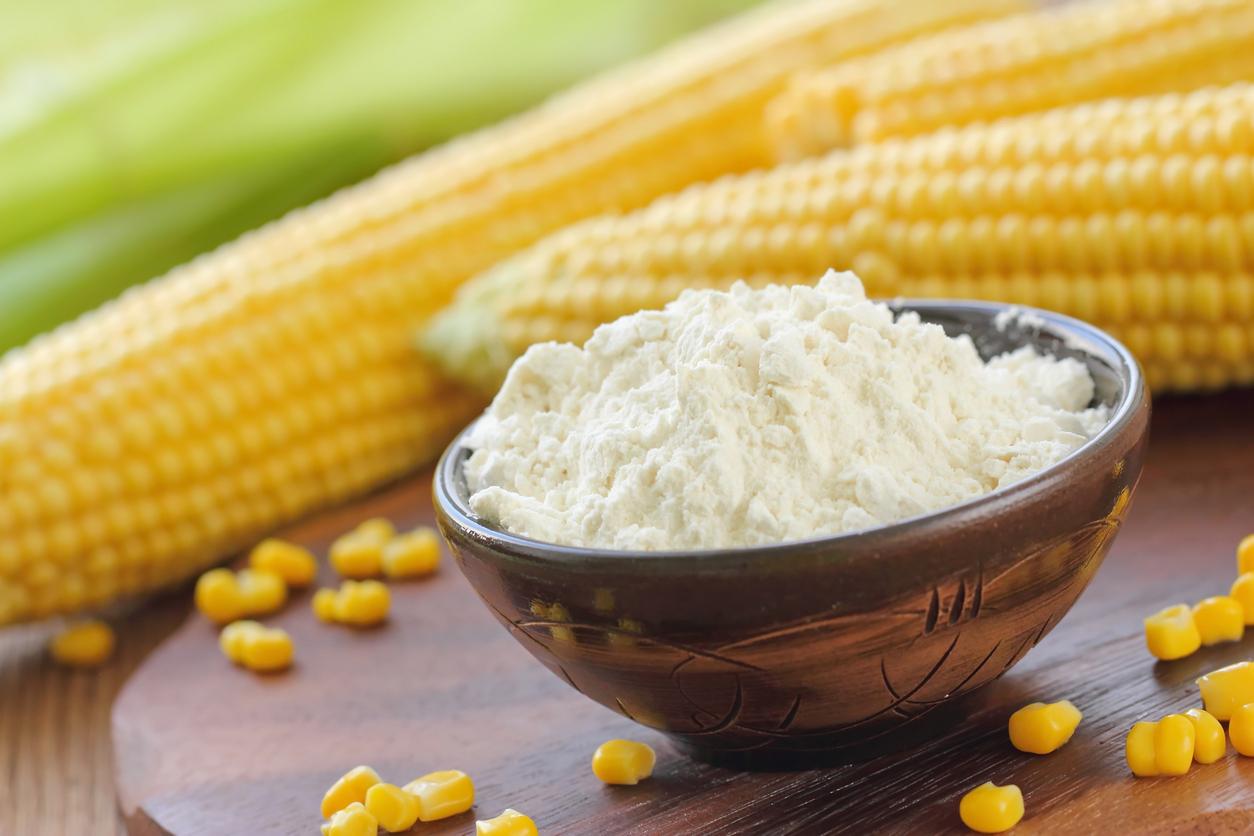
February 5, 2010 – Eating 2 servings per day of whole grain oat cereal is believed to help reduce waist circumference and lower bad cholesterol (LDL) levels. The effect would be beneficial after 4 weeks, provided that the consumption of cereals is included in a weight loss program, finds a study1 American.
During 12 weeks, 144 participants2 obese, or overweight, who raised cholesterol followed a balanced diet.
They were asked to reduce their portions so as to maintain an energy deficit of about 500 calories per day below normal recommendations. Half of the participants consumed 2 servings per day (40 g) of oat cereal. In total, the cereal contained 3 g of soluble fiber in the form of beta-glucan. The control group ate a daily low-fiber breakfast and snacks of the same energy value (for example, corn cereal, white bread, pretzels, or soda crackers). All participants were encouraged to exercise regularly.
The subjects who consumed the oat cereal saw their LDL cholesterol decrease by 8.7%, while it was reduced by only 4.3% in the control group. At the end of the study, the participants had not lost weight, but the subjects in the cereal group had lost 1.5 cm more in waist circumference than the subjects in the control group.
The research was funded by General Mills Bell Institute of Health and Nutrition, Minneapolis.
Soluble fiber in everyday life
This study is interesting, according to nutritionist Hélène Baribeau. “Ready-to-eat oat cereal is an easy daily solution to incorporating soluble fiber into your diet. »Oatmeal or barley flakes cooked in milk can also be sources of soluble fiber. As for oat bran and psyllium, they are even more concentrated in beta-glucan, the active ingredient in soluble fiber, she points out.
However, Hélène Baribeau has some reservations about the methodology of this study. “We compared the blood lipid levels of subjects who ate oat cereals with those of subjects who ate foods low in fiber. It would have been interesting to add a group of participants whose breakfast and snacks were high in insoluble fiber, for example whole wheat foods. We could thus have compared the effect of different types of dietary fiber on cholesterol levels. A diet rich in fiber, even insoluble, could also have an effect on blood lipid levels and waist circumference, ”notes Hélène Baribeau.
|
For the best sources of soluble fiber, see our Hypercholesterolemia and Diet Portfolio sheet. |
Emmanuelle Bergeron – PasseportSanté.net
1. Maki KC, Beiseigel JM, et al. Whole-grain ready-to-eat oat cereal, as part of a dietary program for weight loss, reduces low-density lipoprotein cholesterol in adults with overweight and obesity more than a dietary program including low-fiber control foods, J Am Diet Assoc, 2010 Feb; 110 (2): 205-14.
2. This study was conducted over 12 weeks on adults – aged 20 to 65 years – with a body mass index between 25 and 45 and a bad cholesterol (LDL) level between 3.4 and 5.2 mmol. /THE.















